
I do! As an infantry soldier in Vietnam, C-Rations was my sole source of nourishment for at least 300 of the 365 days I served in-country.
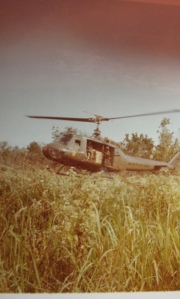
When out on missions, infantry units were re-supplied with food, water, ammunition, clothes and other items by helicopter every three to five days. Cases of C-Rations are assigned and split among a squad of soldiers – there’s an ample supply to cover three meals per person – 4.5 pounds of canned wet food for each day’s adequate nourishment. However, none of us wanted to carry that much extra weight on our backs, instead, most settling for a single complete meal per day and extra cans of crackers, cakes and fruit to supplement their diet until the next resupply – all stuffed into a sock and tied to the back of a rucksack.
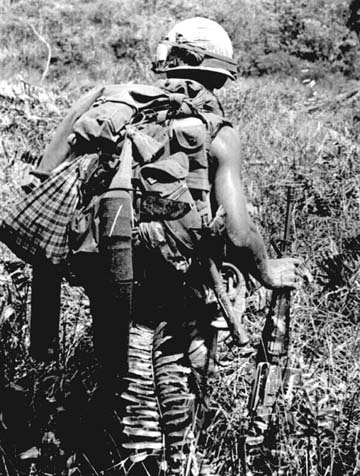
C-Rations are commercially prepared meals, used in the field and at times when hot meals were not available. These meals came in a case containing 12 meals. Each meal was in it’s own cardboard box, which contained the individual items sealed in cans. A can opener (called both a “John Wayne” or a “P-38”) was needed to open the cans.
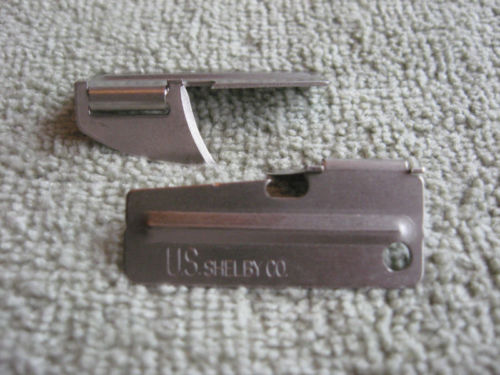
The accessory pack with each meal was sealed in a foil pouch.

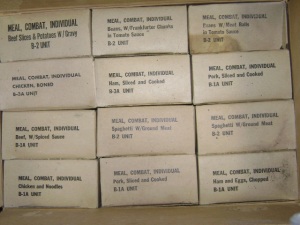
Some of the meals weren’t too bad, especially if somebody from home sent Heinz-57 Sauce or Hot Sauce to doctor them up.
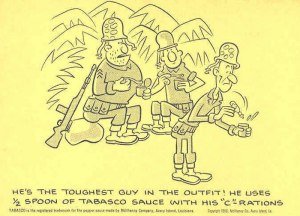
Others were downright awful (Ham and Lima beans) and passed over – left behind for the Cherries when it is their turn to pick out meals. In an effort to keep things fair, I’ve witnessed squad leaders dumping cases of C-Rations upside down (hiding the name of the meal) and mixing them up to give everyone an equal chance of selecting a popular meal. Not sure how the armor units split their meals. I can only remember seeing cases of C-Rations stacked inside APC’s along with several five-gallon containers of water when we came upon them in the jungle.
I remember having to eat my C-Ration meal cold because we were either on the move or rushed to leave in the mornings. Honestly, the scrambled egg chunks or beans and weenies weren’t bad cold, but the rest needed to be heated in order to be palatable. Heating the meals and water required a small stove (see article below) with Sterno tabs or C-4 plastic explosive, the later burning very hot and fast – preferred for quick meals. The C-4 was safe to use as long as it wasn’t compressed or using too much at one time.
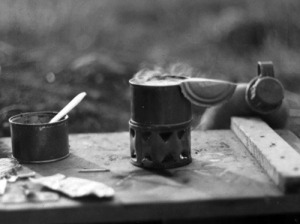
The popular meals and cans of pound cake, peaches and fruit cocktail were prized and worth their weight in gold – many soldiers hoarding them to barter for items during evening chow breaks; only one of each are included in every case of meals.

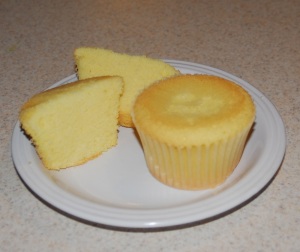
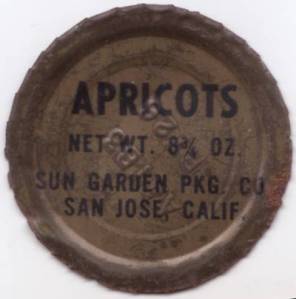

All individual empty cans and trash were buried prior to leaving the “table” – unless he had another use for one of the cans.

Coffee, tea and hot chocolate were plentiful and everyone had a stash. The dilemma here is that water is required for these and at almost three pounds per quart; the extra weight is a consideration. We already carried 4 – 5 quart canteens to keep hydrated until the next resupply. During the monsoon season or in areas with rivers and streams, this is a moot point as water is plentiful!
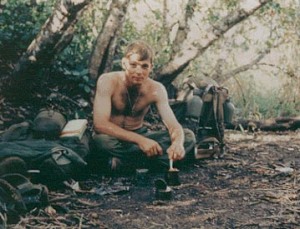
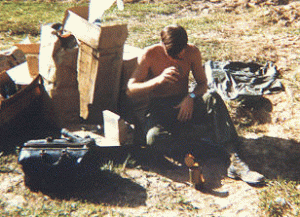
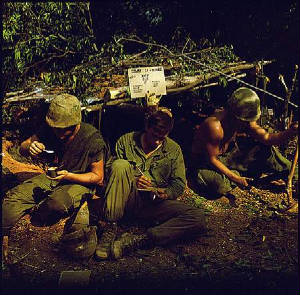
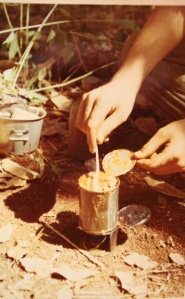
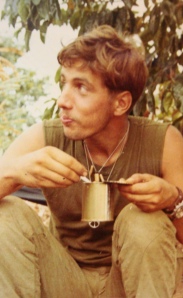
As I recall, only about 30% of the soldiers in my platoon did not smoke. Every C-Ration meal contained a single four-pack of cigarettes; ten different brands were primarily offered, but like the meals, some were more popular than others. If somebody liked Lucky Strikes, Parliament, Chesterfields or Pall Mall’s, they would never run out. The popular brands like Winston, Marlboro, Kools and Salem were always in short supply and benefited the non-smokers who used them to barter.
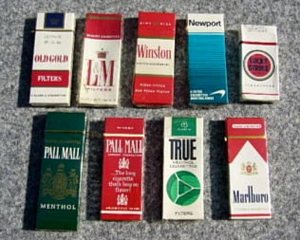
Division base camps and some larger firebases had staffed mess halls, serving three hot meals every day. The line units were pulled out of the field on occasion, usually about once a month for three days, to enjoy “home cooking”, barbecues and ice-cold beer and soda – a reward we always looked forward to.
Forgot to mention earlier that battalion sometimes surprises us during resupply and brings out hot food in thermos containers. The menu is comprised of one meat (meatloaf, beef tips, chicken, etc), mashed potatoes, veggies, cake or pie, ice-cold milk, lemonade and steaming, hot coffee.
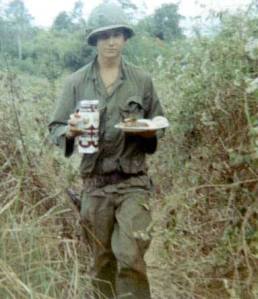
There was always enough for seconds, but most of us passed as our shrunken stomachs have already overextended from a single helping of this gourmet meal. The Army also sends out a Sundries Pack or SP for each platoon, containing writing paper, envelopes, blue ink pens, foot powder, toothbrushes and paste, chewing gum, m&m’s, Hershey bars, Almond Joy, Mounds, Three Musketeers, Snickers and assorted cartons of cigarettes – providing us with many of the simple articles that helped make life a little easier. One SP was intended to meet the requirements of 100 men for one day, but we usually saw one SP per platoon (30 men) every two to three weeks. The Red Cross also distributed letters from school children, church groups and others for us to read and respond in kind. An afternoon like this was a celebration, unfortunately, it only happened about once or twice a month.
Toward the end of my tour, we began having access to the freeze-dried LRRP meals. Meals such as beef stew, spaghetti and meatballs, chili and others were a wonderful diversion from the mundane canned food we were subjected to. The only drawback was that hot water was needed to make the meal edible, however, the weight of extra water was offset by the lightweight meals.
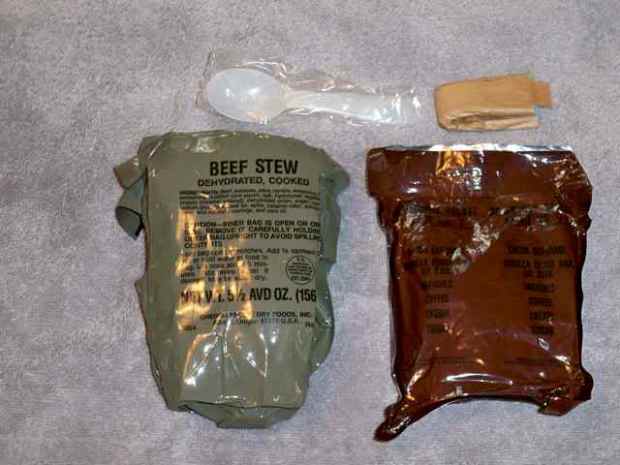
This is the official Quartermaster’s description of C-Rations used in Vietnam:
“The Meal, Combat, Individual, is designed for issue as the tactical situation dictates, either in individual units as a meal or in multiples of three as a complete ration. Its characteristics emphasize utility, flexibility of use, and more variety of food components than were included in the Ration, Combat, Individual (C Ration), which it replaces. Twelve different menus are included in the specification.
Each menu contains: one canned meat item; one canned fruit, bread or dessert item; one B unit; an accessory packet containing cigarettes, matches, chewing gum, toilet paper, coffee, cream, sugar, and salt; and a spoon. Four can openers are provided in each case of 12 meals. Although the meat item can be eaten cold, it is more palatable when heated.
Each complete meal contains approximately 1200 calories. The daily ration of 3 meals provides approximately 3600 calories.”

No comments:
Post a Comment